|
|
The Sahara Desert can transform Africa into a solar energy superpower. Using concentrated solar power (CSP) and photovoltaic power (PV), Africa has the ability to meet rising energy demands in the region.
As it turns out, deserts make a pretty great location for solar energy to be harvested. The ten largest solar plants are all based in desert regions. Nations like Tunisia and Morocco could be transformed overnight into energy powerhouses, enabling power in millions of homes in places like Europe.
Busy? Try the speed read.
Big picture
- If all sunlight received by Northern Africa converted into solar energy, it could power all of Europe more than 1000 times over.
- Concentrated solar power (CSP) technology can use lenses and mirrors to store large amounts of solar heat.
- Tunisian transcontinental transmission of photovoltaic power (PV) and CSP prove this concept.
- PV is more reliable for decentralized plants to power rural regions in Africa.
Between the lines
- To better understand how a CSP plant works, check out the Ivanpah Solar Electric Generating System in California’s Mojave Desert (link below)
- Desert solar panels can improve climate conditions in the region.
- Compared to sand, panels reflect lower amounts of heat to space.
- The result: surface heating in the desert and cloud formation.
- Changing the desert’s heat budget may increase rain, but too many panels can raise temperatures to an unproductive level. Panels are less reflective than desert soil.
Questions to consider
- Which companies/countries would fund the project?
- Who benefits most from affordable solar electricity, Africa or Europe?
- How can you export energy to nations inside and outside of Africa?
Why it matters
- CSP can release energy overnight, creating a 24-hour source of energy.
- CSP has a high initial set-up cost but has long-term advantages over traditional forms of energy generation such as hydroelectricity.
Bottom line The developing world has a unique opportunity to learn harsh lessons from 20th century economic development principles. Using natural phenomena like the Sahara Desert for solar energy or the Congo River for hydro, Africa can become the energy superpower of the future.
Dig deeper ➝ 2 min
Africa beyond oil
When oil prices fell last year, developing nations took a backseat on clean energy. Now that oil prices are up again, pressure will mount on clean energy sources to deliver. In a fast growing continent like Africa, meeting energy demands is critical. Initiating massive solar farm projects are a great way to boost the economy and invest in the future.
The African population has skyrocketed over the last decade, while infrastructure still lags. Covering the world’s largest desert with solar panels will certainly be a challenge.
Chinese investment helped alleviate Africa’s growing pains this far, but Africa needs more than just cash. Reliable forms of clean energy will be needed to compete in the globally in the post-covid economy.
With access to the Sahara Desert, averaging 8 1/2 hours of sunlight per day, Africa can pave energy goals for wealthy nations in Europe. Let’s examine what the world would look like.
A closer look at solar energy in the Sahara
- If all sunlight received by Northern Africa converted into solar energy, it could power all of Europe more than 1000 times over.
- Concentrated solar power (CSP) technology can use lenses and mirrors to store large amounts of solar heat.
- Tunisian transcontinental transmission of photovoltaic power (PV) and CSP prove this concept.
- PV is more reliable for decentralized plants to power rural regions in Africa.
Large-scale solar projects have been shown to impact climate in deserts. This 2018 study revealed how wind and solar farms in the Sahara could improve rain and vegetation in the region. But why would solar panels make it rain?
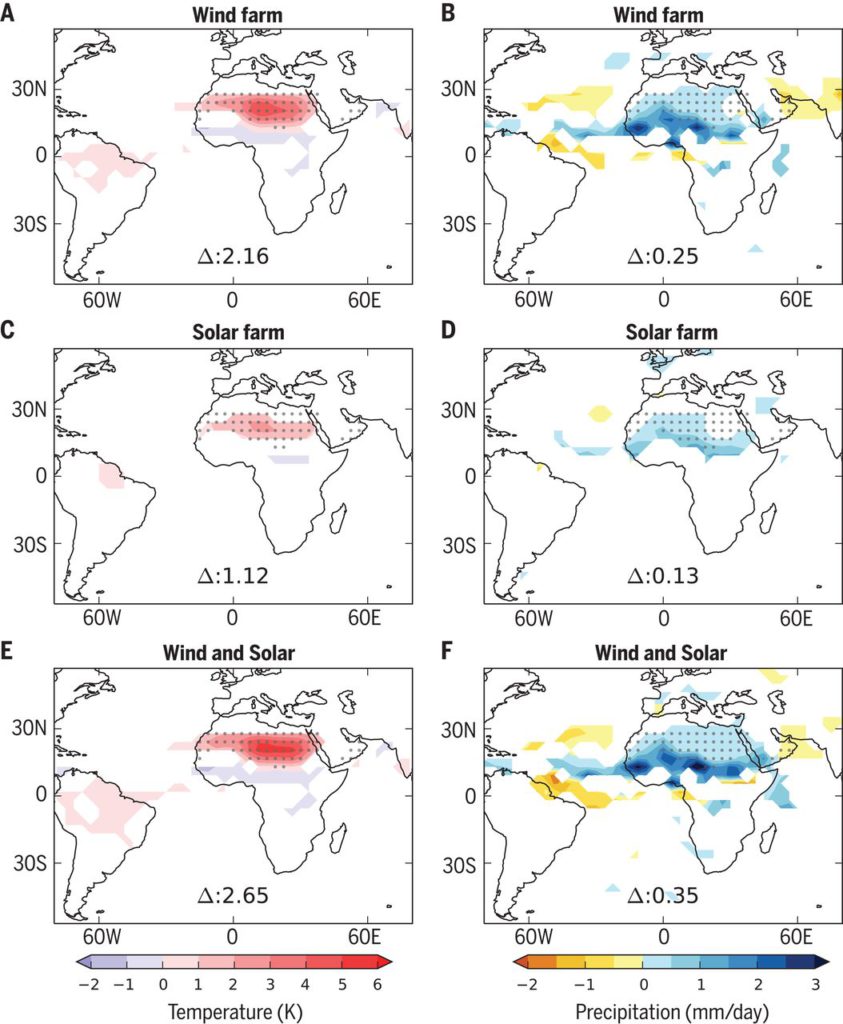
Desert soil is highly reflective. It throws heat and sunlight back into the atmosphere. Dark solar panels, however, can raise temperatures. If 20% of the Sahara were covered in solar panels, it could have a climate impact that extends beyond the Sahara. So while it’s important to harvest renewable energy, it becomes counterproductive at a certain level.
What to know about solar energy in deserts
- To better understand how a CSP plant works, check out the Ivanpah Solar Electric Generating System in California’s Mojave Desert.
- Desert solar panels can improve climate conditions in the region.
- Compared to sand, panels reflect lower amounts of heat to space.
- The result: surface heating in the desert and cloud formation.
- Changing the desert’s heat budget may increase rain, but too many solar panels can raise temperatures to an unproductive levels.
Questions to consider about solar energy in Africa
- What companies/countries would fund the project?
- Who benefits most from affordable solar electricity, Africa or Europe?
- How can you sustainably export energy to nations inside and outside of Africa?
Why solar energy matters
- CSP can release energy overnight, creating a 24-hour source of energy.
- CSP has a high initial set-up cost but has long-term advantages over traditional forms of energy generation such as hydroelectricity.
Becoming an energy superpower in Africa
The developing world has a unique opportunity to learn harsh lessons from 20th century economic development principles. Using natural phenomena like the Sahara Desert to fuel solar energy or the Congo River to power hydro energy, Africa can become the energy superpower of the future.
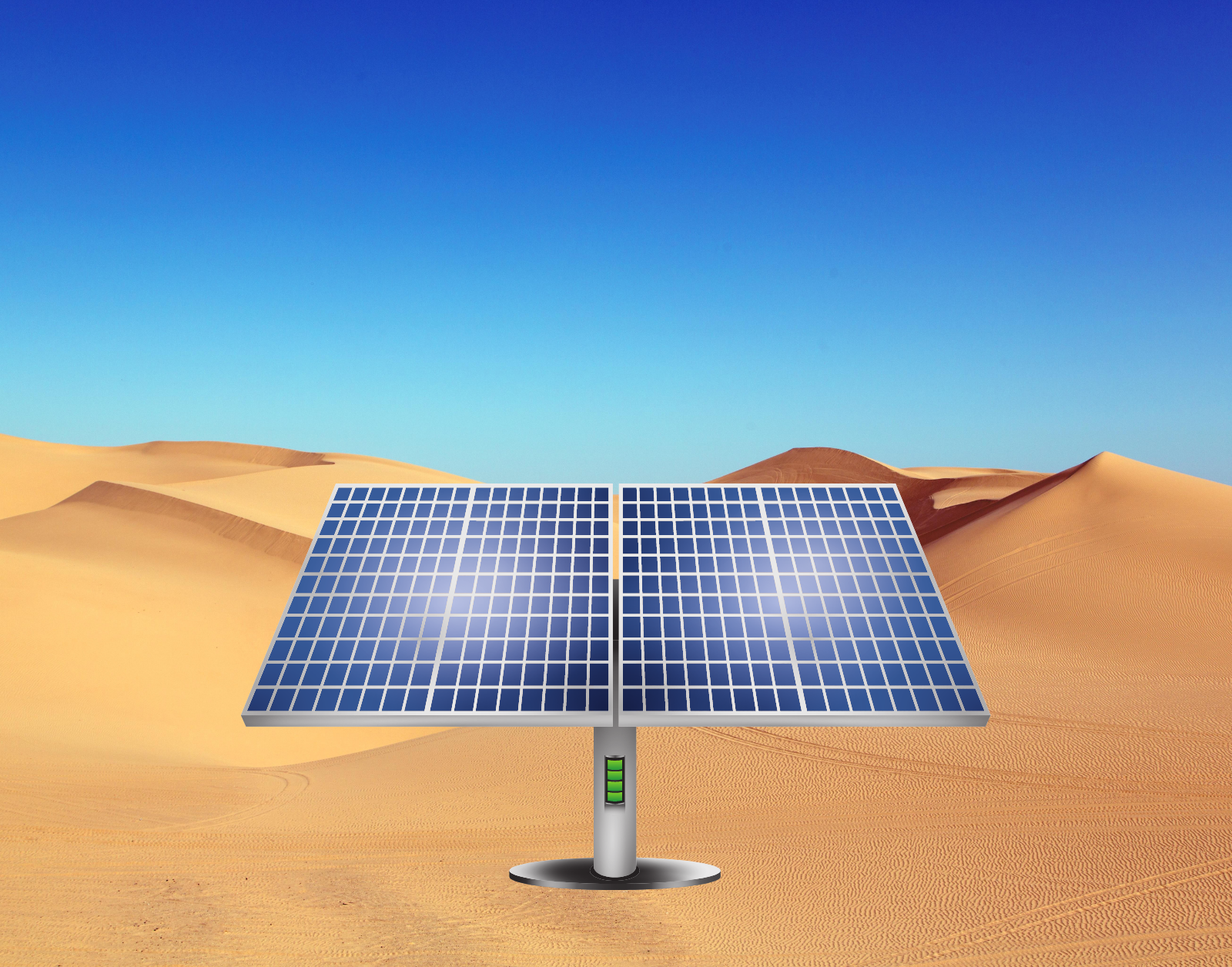



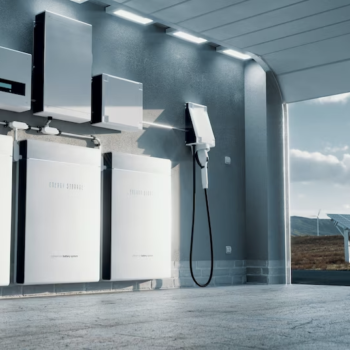
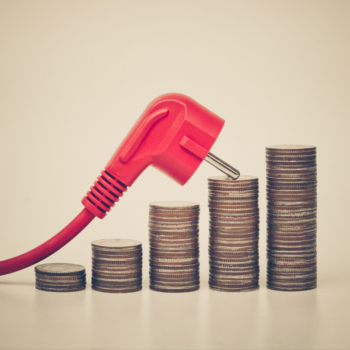

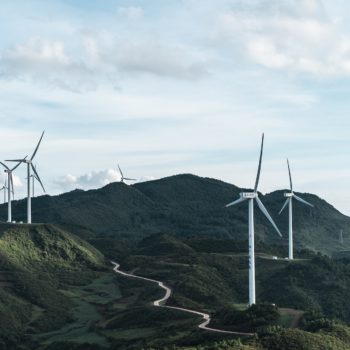
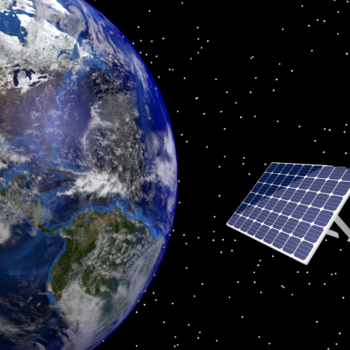
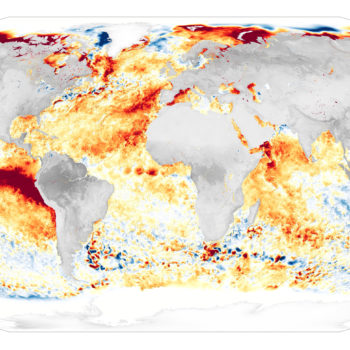
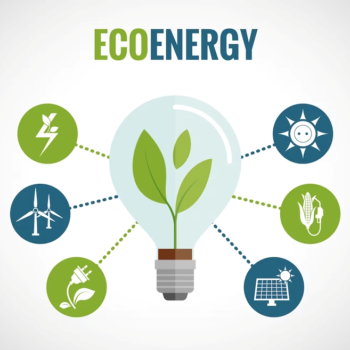


No Comments